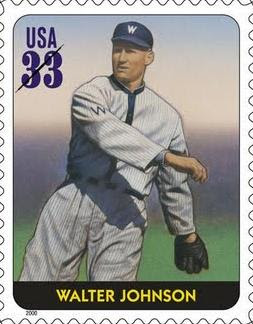
Roberto Clemente Walker (August 18, 1934 – December 31, 1972) was a Puerto Rican Major League Baseball right fielder. He was born in Carolina, Puerto Rico, the youngest of seven children. On November 14, 1964, he married Vera Zabala at San Fernando Church in Carolina. The couple had three children: Roberto Jr., Luis Roberto and Enrique Roberto. He began his professional career playing with the Santurce Crabbers in the Puerto Rican Professional Baseball League (LBPPR). While he was playing in Puerto Rico, the Brooklyn Dodgers offered him a contract to play with the Montreal Royals. Clemente accepted the offer and was active with the team until the Pittsburgh Pirates acquired him in the Major League Baseball Rule 5 Draft of 1954.

Clemente would then play his entire 18-year baseball career with the Pirates (1955–72). He was awarded the National League's Most Valuable Player Award in 1966. During the course of his career, Clemente was selected to participate in the league's All Star Game on twelve occasions. He won twelve Gold Glove Awards and led the league in batting average in four different seasons. He was also involved in humanitarian work in Puerto Rico and other Latin American countries, often delivering baseball equipment and food to them. He died in an aviation accident on December 31, 1972, while en route to deliver aid to earthquake victims in Nicaragua. His body was never recovered. He was elected to the Hall of Fame posthumously in 1973, thus becoming the first Latin American to be selected and the only current Hall of Famer for whom the mandatory five year waiting period has been waived since the wait was instituted in 1954. Clemente is also the first Hispanic player to win a World Series as a starter (1960), win a league MVP award (1966) and win a World Series MVP award (1971).

Clemente's professional career began when Pedrín Zorilla offered him a contract with the Santurce Crabbers of the LBBPR. He was a bench player during his first campaign, but was promoted to the team's starting lineup the following season. During this season he hit .288 as the team's leadoff hitter. While Clemente was playing in the LBBPR, the Brooklyn Dodgers offered him a contract with the team's Triple-A subsidiary.He then moved to Montreal to play with the Montreal Royals. The climate and language differences affected Clemente early on, but he received the assistance of his teammate Joe Black, who was able to speak Spanish. In 1954, Clyde Sukeforth, a scout for the Pittsburgh Pirates, noticed that Clemente was being used as a bench player for the team and discussed the possibility of drafting Clemente to the Pirates with the team's manager, Max Macon.The Pirates selected Clemente as the first selection of the rookie draft that took place on November 22, 1954.











